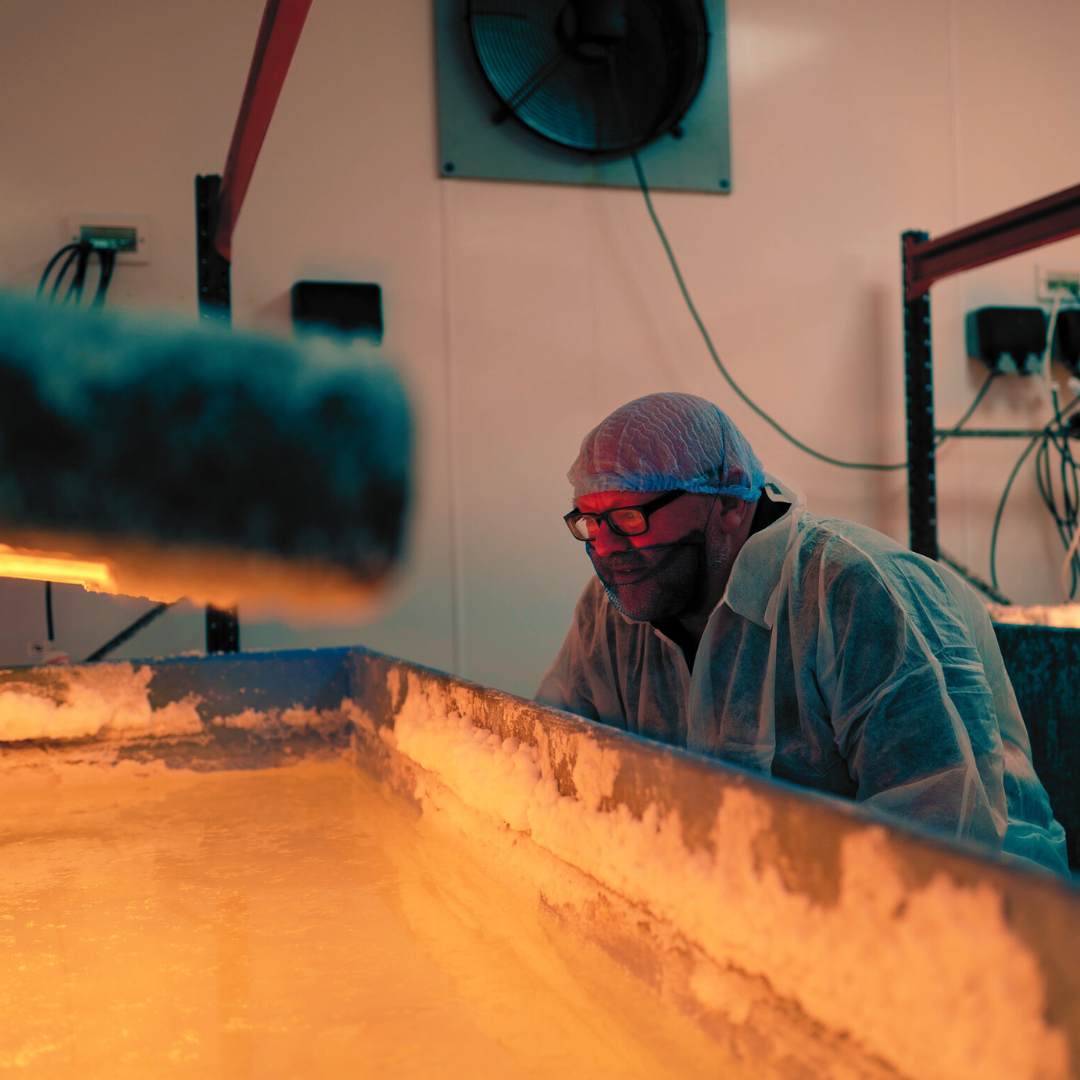
Salt - the mineral that shaped humanity and how we chose ours
Share
The Mineral That Shaped Humanity
Salt is so common today that we barely notice it. Yet, for much of human history, salt has been a cornerstone of survival, of civilisation, and a shaper of language and culture.
Salt’s most vital contribution has always been its power to preserve food. Before refrigeration, salting meat, fish, and vegetables allowed communities to store food through lean seasons and transport it over long distances. This ability to preserve surplus food was pivotal in the rise of settled societies, freeing people from total dependence on the rhythms of harvest and hunt.
Salt as Wealth, Power, and Catalyst for Change
Because salt was often difficult to obtain, it became a precious commodity.
In ancient Egypt, natron (a salt mixture) was essential for mummification.
The famed salt roads, such as Rome’s Via Salaria, crisscrossed continents, enabling the exchange of salt for gold, slaves, and other goods. Indeed the Latin word sal gave rise to “salary,” as Roman soldiers were once paid an allowance specifically to buy salt.

France’s hated gabelle salt tax helped ignite the French Revolution, while Gandhi’s famous Salt March in 1930 became a turning point in India’s struggle for independence.
Salt’s social symbolism even shaped etiquette and hierarchy. In medieval Europe, the placement of guests “above the salt” or “below the salt” at banquets signified their rank and importance.
Salt in Everyday Speech
Salt’s deep roots in human experience are reflected in language. English is rich with salt idioms: “worth one’s salt”, “rub salt in the wound”. In Persian, to “have salt” means to possess charm or wit, while sharing salt with someone creates a bond of respect and hospitality.
And why is salt still so important in the modern day?
The short answer is that we need it to live. 0.4% of our bodies is salt. Salt is essential for several bodily functions, including nerve transmission, muscle contraction, and maintaining fluid balance. The WHO recommends consuming 5-6g per day.
However, salt has become slightly tainted in the developed world as many of us consume too much, on average 8-9g per day thanks largely to processed food, with prolonged over-consumption having a well-documented detrimental impact on our health.

So why add salt to chocolate?
Firstly we add very very little – indeed you’d need to eat nearly 14 pouches (166 actual chocs) of our Smooth Dark to hit the WHO daily level - not very likely!
For us it’s simple, salt is an amazing natural ingredient that both enhances flavour, and helps to prolong shelf-life in your fridge.

Not just any salt – Dorset Sea Salt

Even though it is effectively a ‘trace’ ingredient, we pay the same care and attention to our choice of salt as we do for every ingredient.
We selected Dorset Sea Salt firstly for taste – it packs a LOT of flavour thanks to the Jurassic Coast minerals infused into the sea water harvested from Chesil Beach. It means we can do ‘more with less’ ( for W1A fans!)
We went to visit Dorset Director Caleb and the team in Portland this week. Dorset Sea Salt Co. use a meticulous, small-batch process to extract salt from the sea, combining traditional methods with modern, sustainable technology.

Caleb explained to us that The process begins with collecting mineral-rich, clean seawater from Chesil Beach along Dorset’s UNESCO World Heritage protected Jurassic Coast. This area is chosen for its purity, salinity, and unique mineral profile, which gives Dorset Sea Salt its distinctive taste and texture.

Triple Filtration
The collected seawater is stored in large tanks, and then passed through a custom-designed triple filtration system. This system uses fine filters, sand, and charcoal to remove impurities while preserving beneficial minerals and trace elements from the Jurassic Coast

Concentrating the Brine
The filtered seawater is gently heated to create a concentrated brine. Dorset Sea Salt Co. uses renewable energy sources—biomass, wind, and solar—to maintain a steady temperature (the actual degrees C is a trade secret). This slow, careful heating increases the water’s salinity, preparing it for salt crystallisation.

Crystallization in Pans
The concentrated brine is transferred to shallow evaporation pans, where it is gently heated further. As water evaporates, salt flakes begin to form on the surface. The process is closely monitored, as the temperature and concentration must be just right for the formation of the signature soft, flaky crystals

Hand harvesting
Once the salt flakes reach the desired texture and structure, they are carefully hand-harvested from the pans. This artisanal approach ensures only the best flakes are selected, maintaining the salt’s quality and unique character

Draining and drying
The freshly harvested salt flakes are drained and then dried. This step is vital for achieving the ideal crunchy texture and preserving the salt’s mineral content. The drying process is slow and deliberate, as Dorset Sea Salt Co. prioritizes quality over speed

Packing
After drying, the salt is packed in sustainable packaging—glass jars with metal lids and paper labels—ready for distribution to chefs and food lovers

We honestly don’t buy very much because a little really does go a long way, but that tiny little pinch of Dorset Sea Salt lifts the flavour of our chocolates and helps them last a little longer in your fridge.
There’s more to come.

We’re working on a special Micro-Batch with our friends at Dorset Sea Salt for launch later in the summer – we’ve just agreed the core recipe, so Steve will carry out final refinements before making it for you.

